Fusarium Wilt In Okra: Treating Okra Fusarium Wilt Disease In Gardens
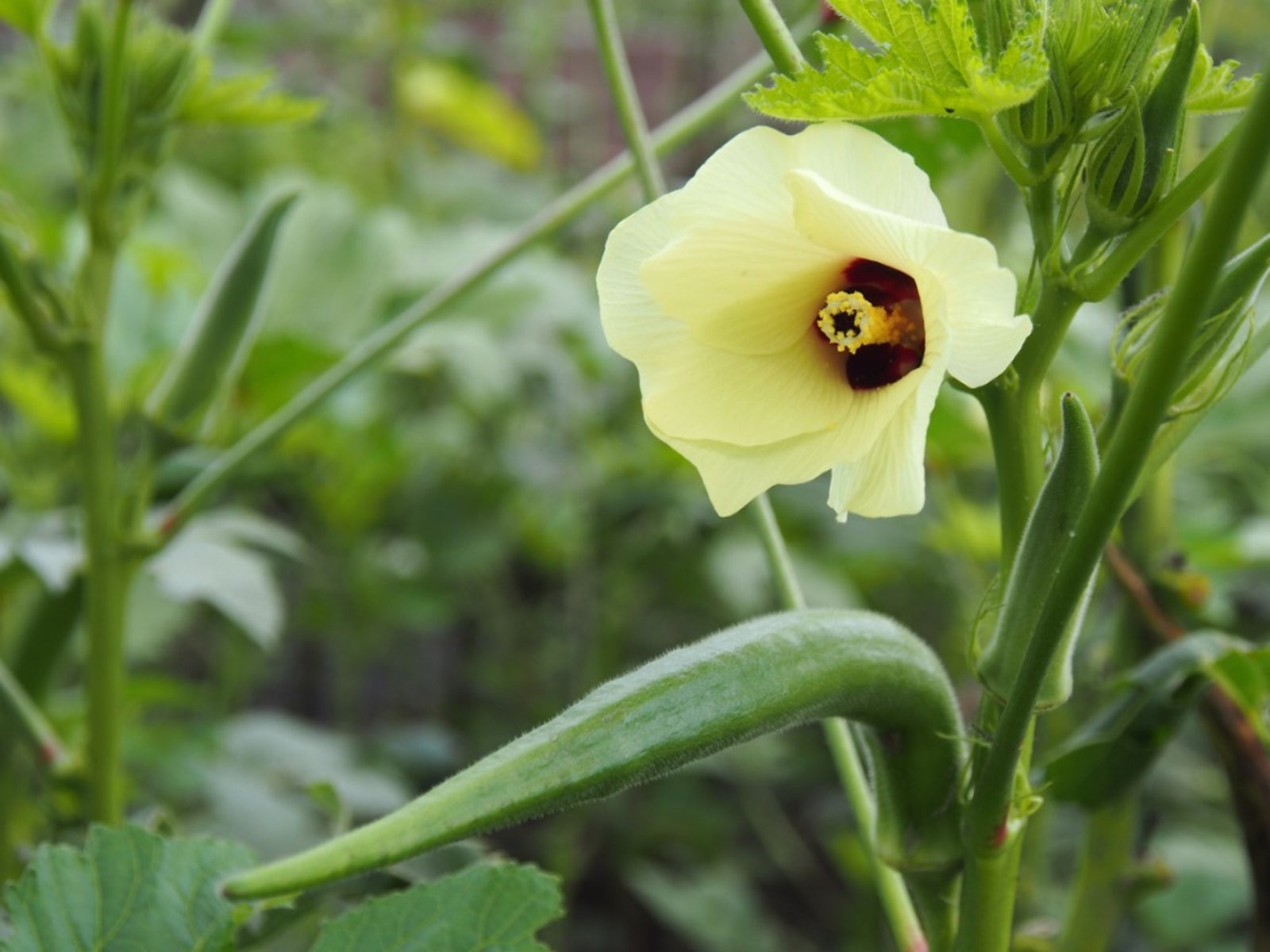

Okra fusarium wilt is a likely culprit if you’ve noticed wilting okra plants, especially if the plants perk up when temperatures drop in evening. Your plants may not die, but the disease delays growth and decreases yield when harvest time rolls around. Read on for more information on fusarium wilt disease and learn what you can do about okra with fusarium wilt.
Symptoms of Fusarium Wilt in Okra
Okra with fusarium wilt disease causes a noticeable yellowing and wilting, often showing up on older, lower leaves first. However, wilt may occur on a single branch or an upper branch, or it may be limited to one side of the plant. As the fungus spreads, more leaves become yellow, frequently drying up, and dropping from the plant. Fusarium wilt disease is most troublesome when temperatures are between 78 and 90 degrees F. (25-33 C.), especially if soil is poorly drained.
Treating Fusarium Wilt Disease
There are no chemical solutions for okra fusarium wilt, but there are steps you can take to minimize the infection. Plant disease-free seed or transplants. Look for varieties labeled VFN, which indicates the plant or seed is fusarium resistant. Older heirloom varieties have very little resistance. Remove infected plants as soon as you notice signs of fusarium wilt. Dispose of plant debris carefully in a landfill, or by burning. Practice crop rotation to reduce the level of disease in the soil. Plant okra in the same spot only once in four years. Check your soil’s pH level, which should be between 6.5 and 7.5. Your local cooperative extension office can help you determine the best ways of restoring proper pH.
Gardening tips, videos, info and more delivered right to your inbox!
Sign up for the Gardening Know How newsletter today and receive a free copy of our e-book "How to Grow Delicious Tomatoes".

A Credentialed Garden Writer, Mary H. Dyer was with Gardening Know How in the very beginning, publishing articles as early as 2007.
-
 Get Ready For A Summer Of Hummers! Grow These Full Sun Hummingbird Plants and Flowers
Get Ready For A Summer Of Hummers! Grow These Full Sun Hummingbird Plants and FlowersIf you’re lucky enough to enjoy a sunny backyard, make sure you are maxing out on your pollinator opportunities and grow these full sun hummingbird plants and flowers
By Tonya Barnett
-
 12 Lush Alternatives To A Lawn For Sustainable Spaces
12 Lush Alternatives To A Lawn For Sustainable SpacesAlternatives to a lawn are beautiful and also beneficial to your local ecosystem and its pollinators. Explore our top picks for plants to replace grass.
By Tonya Barnett
-
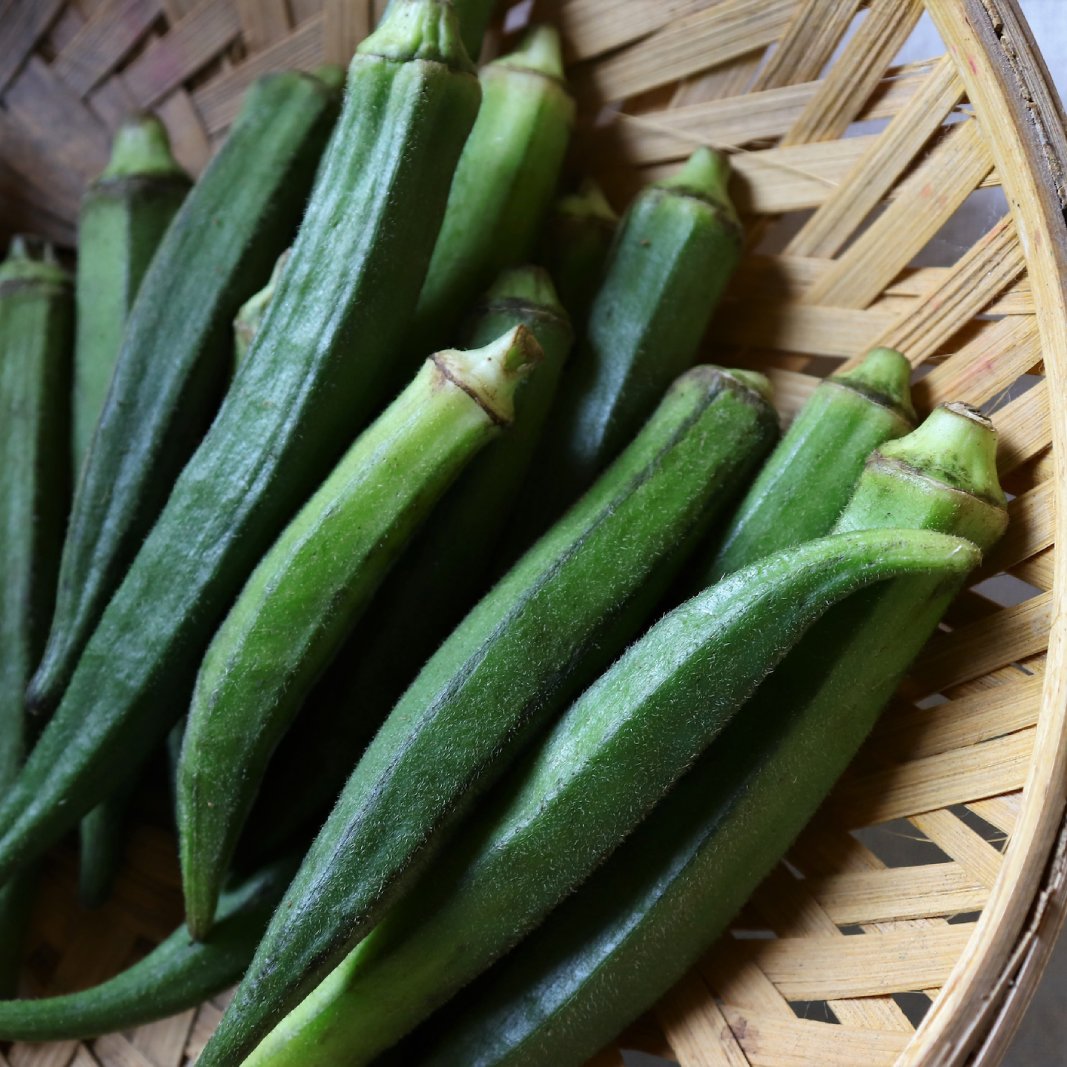 How To Store Okra After Picking
How To Store Okra After PickingLearn how to store fresh okra for up to a year by canning or freezing the harvest. For short-term storage it can go in the refrigerator for two or three days.
By Susan Albert
-
 Edible Okra Leaves – Can You Eat The Leaves Of Okra
Edible Okra Leaves – Can You Eat The Leaves Of OkraMany northerners may not have tried it, but okra is quintessentially southern and linked to the cuisine of the region. Even so, many southerners typically just use the okra pods in their dishes, but what about eating the okra leaves? Can you eat the leaves of okra? Find out here.
By Amy Grant
-
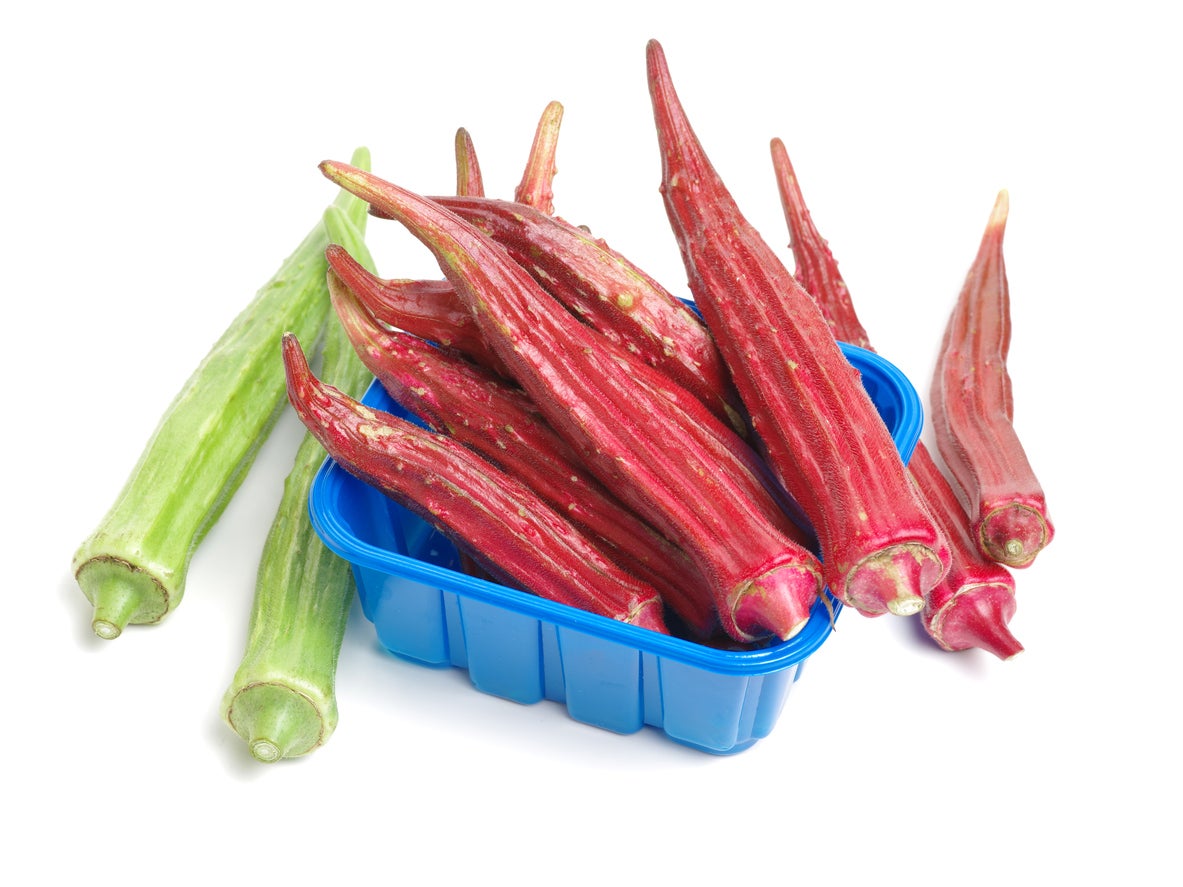 Okra Plant Varieties: Learn About Different Types Of Okra Plants
Okra Plant Varieties: Learn About Different Types Of Okra PlantsBy Teo Spengler
-
Okra Charcoal Rot Information: Learn About Treating Okra Charcoal Rot
Charcoal rot can be a devastating disease for a number of crops, causing rot in the roots and stems, inhibiting growth, and lowering yield. Charcoal rot of okra has the potential to wipe out that section of your garden and even infect other vegetables. Learn more here.
By Mary Ellen Ellis
-
Treating Blight On Okra Plants: Recognizing Southern Blight In Okra Crops
There are times when even the most ardent lover of okra is left with a bad taste in their mouth – and that is when there is blight on okra plants in the garden. Just what is okra southern blight and how do you treat okra with southern blight? Click here to find out.
By Shelley Pierce
-
Cotton Root Rot Of Okra: Managing Okra With Texas Root Rot
Cotton root rot of okra, is a nasty fungal disease that attacks many species of plants. The disease, which favors highly alkaline soils and hot summers, is limited to the Southwestern United States. Learn what you can do about okra with Texas root rot in this article.
By Mary H. Dyer
-
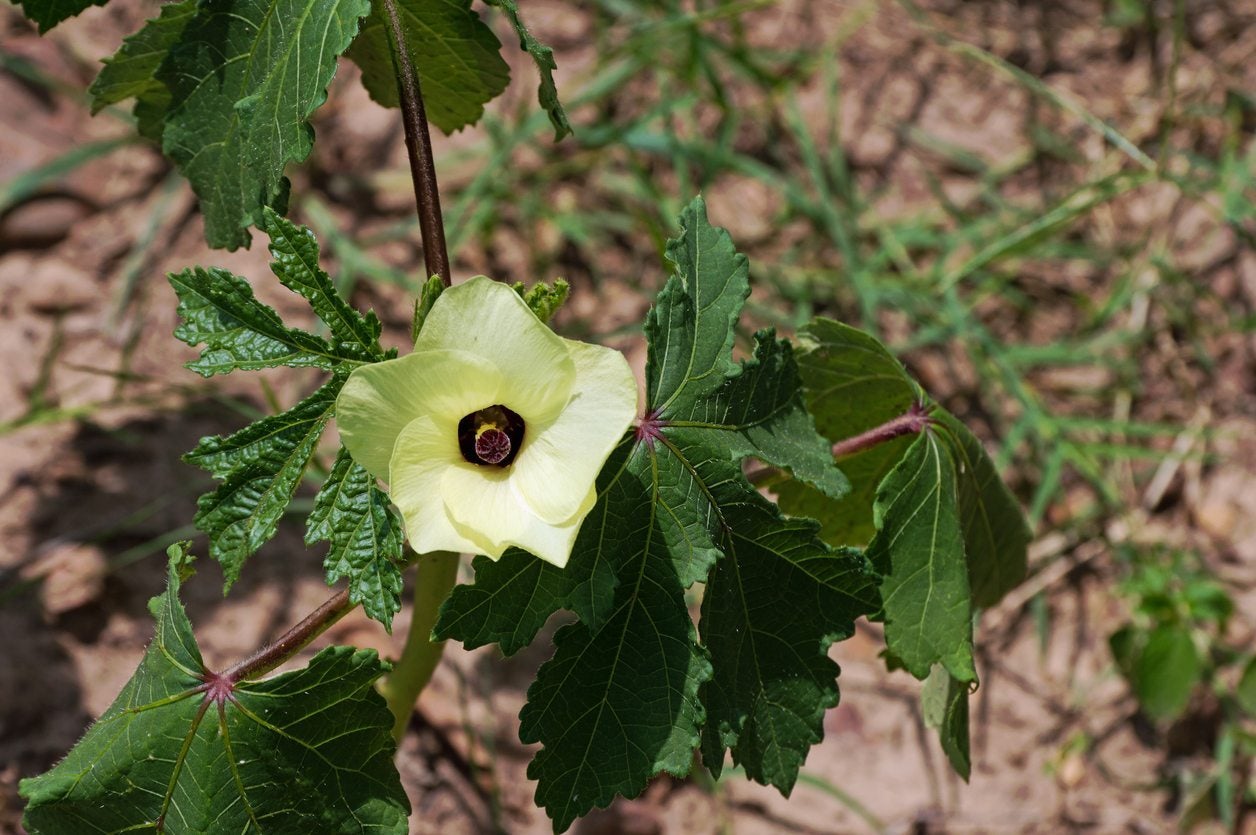 My Okra Flowers Are Falling Off: Reasons For Okra Blossom Drop
My Okra Flowers Are Falling Off: Reasons For Okra Blossom DropOkra is a beloved vegetable, partly because it can live and produce happily even in extreme heat. Because it's usually so reliable, it can be especially frustrating if your okra plant doesn't produce like it should. One such problem is okra blossom drop. Learn more here.
By Liz Baessler
-
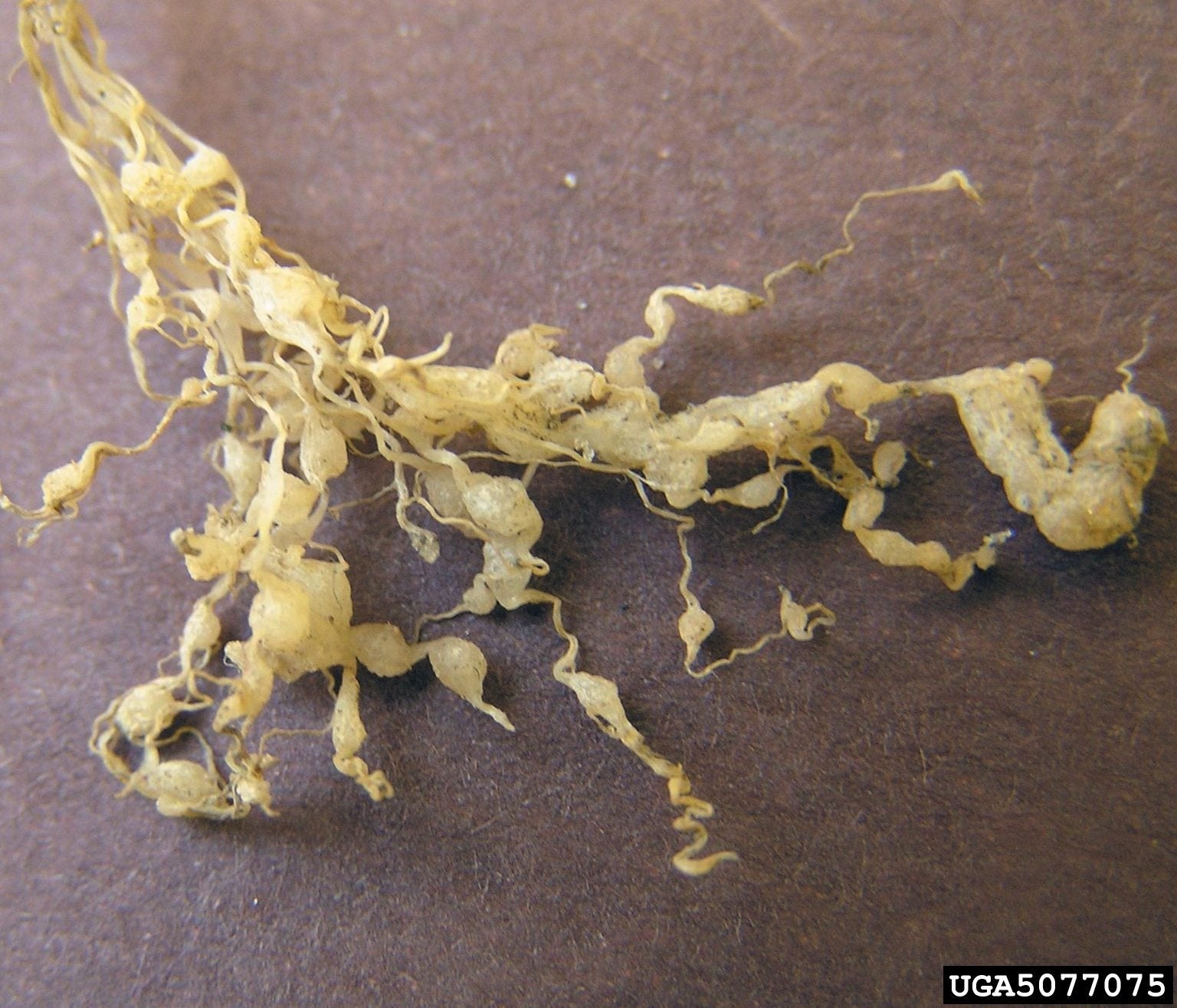 Nematode Okra Problems – Treating Okra With Root Knot Nematodes
Nematode Okra Problems – Treating Okra With Root Knot NematodesSouthern Americans are not the only ones who love their okra; okra root knot nematodes have a penchant for it as well. Okra with root knot nematodes can cause serious losses. How can root knot nematodes on okra be managed? This article can help with that.
By Amy Grant